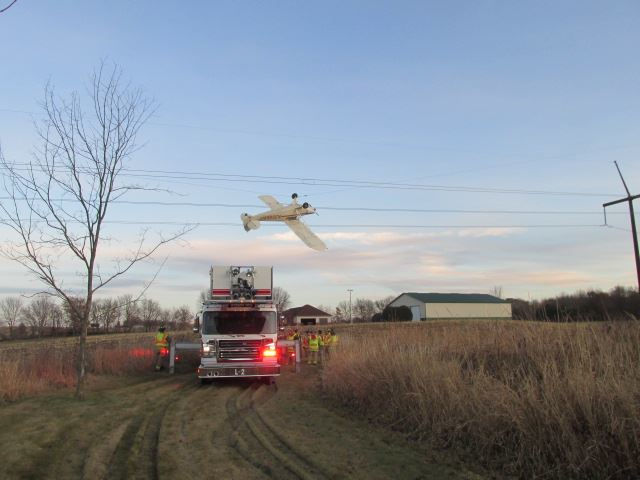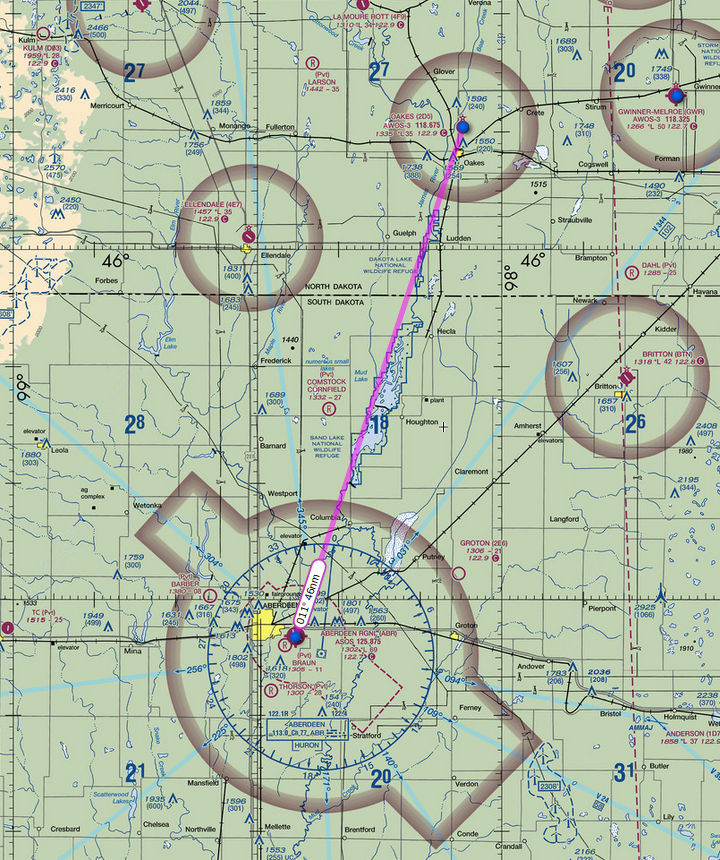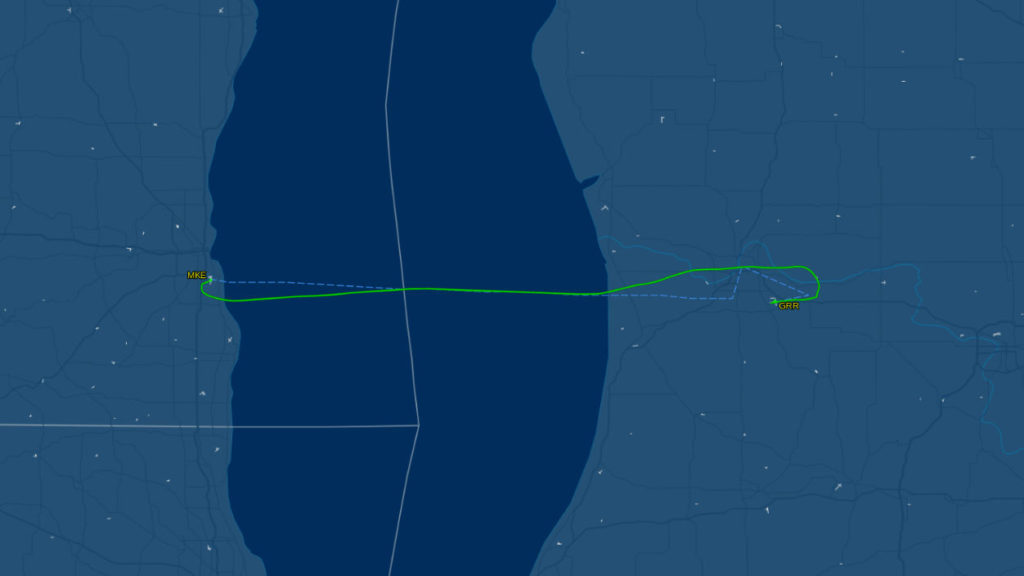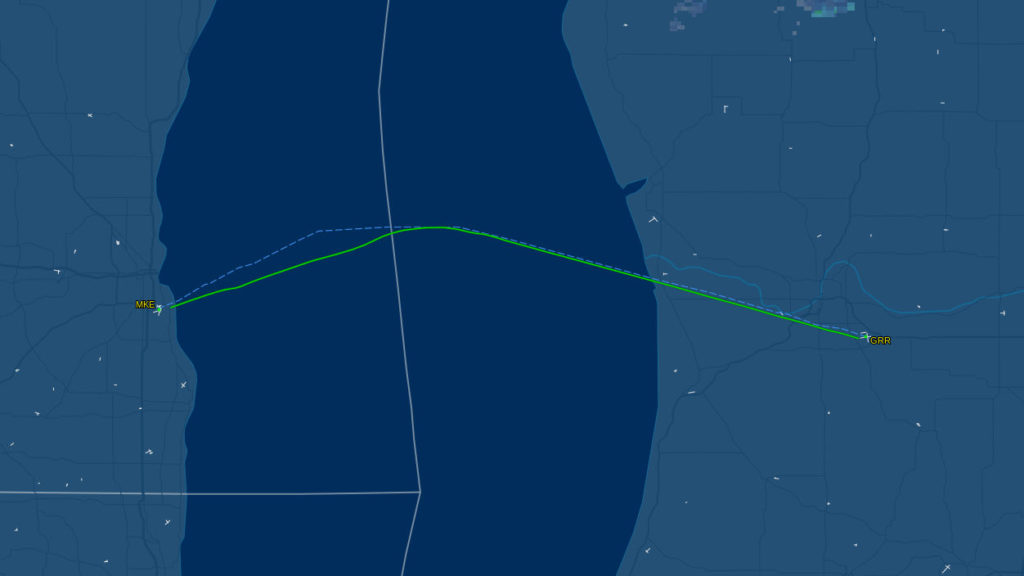
Regional News
20 Nov 2019 – Wisconsin Space Grant features Katherine Kolman (University of Wisconsin-Madison)
23 Nov 2019 2157 UT – Piper PA-12 N3586M tangled in power lines on approach to Shakopee, MN
26 Nov 2019 – Wyoming Supreme Court rules Jackson Hole Airport Authority can purchase intangible assets as part of FBO acquisition
27 Nov 2019 – FlyTrex drones deliver to Grand Forks golf course, eye new markets
27 Nov 2019 – Fargo-based Elinor to participate in aerospace coatings research
28 Nov 2019 ~ Michael Haubrich of Racine wants to land at every airport in the Midwest
Further News
18 Nov 2019 – ThrustMe completes on-orbit test of I2T5 iodine fuel thruster
27 Nov 2019 ~ ISS Thanksgiving Menu : Forgot the Pumpkin Pie!
Late News
20 Sep 2019 ~ Conference discussion on need for automated orbital collision avoidance
24 Oct 2019 ~ University of Dubuque opens new aviation building
Orbital News
23 Nov 2019 0055 UT – Xichang CZ-3B Beidou (launch destroyed a house)
26 Nov 2019 2123 UT – Kourou Ariane 5 TIBA-1 Inmarsat GX-5
27 Nov 2019 0358 UT – Sriharikota PSLV Cartosat-3
27 Nov 2019 1752 UT – Plesetsk Soyuz-2.1v Russian Military payload
27 Nov 2019 2352 UT – Taiyuan CZ-4C Gaofen-12

CZ-3B (SciNews) 
Soyuz-2.1v (Zvezda) 
PSLV (ISRO) 
Ariane 5 (Arianespace) 
CZ-4C (SciNews)











